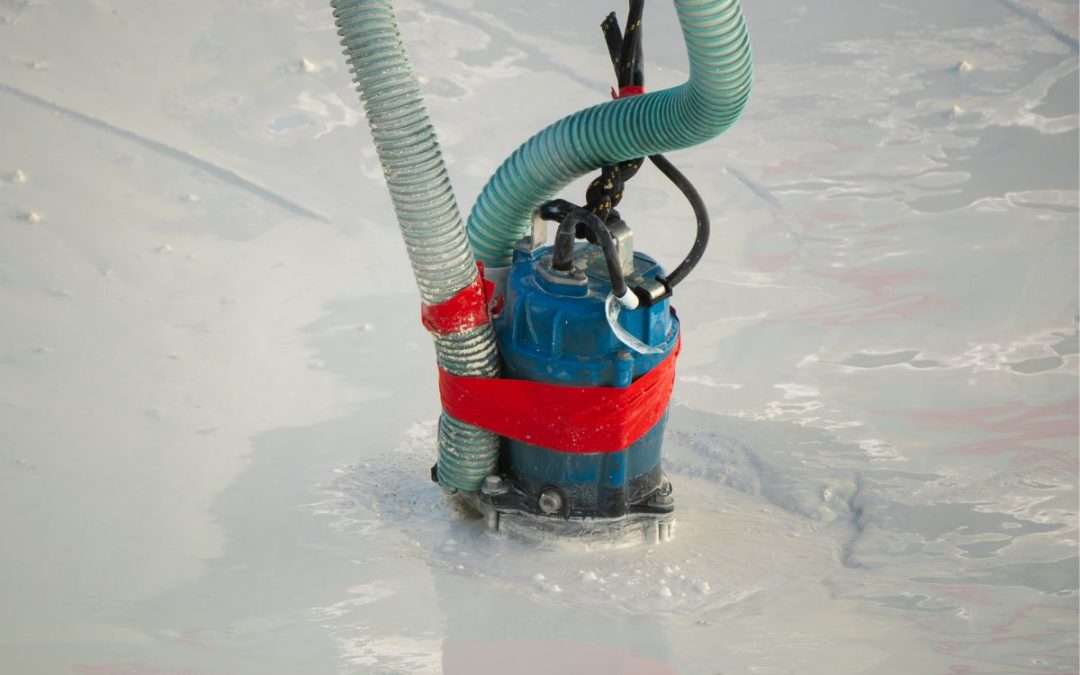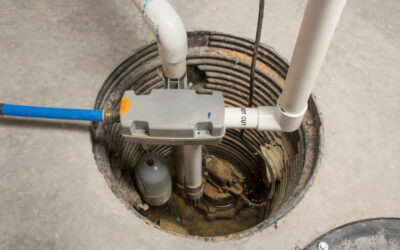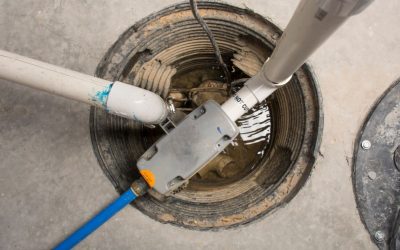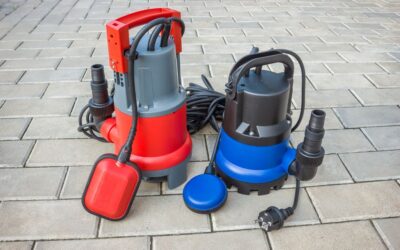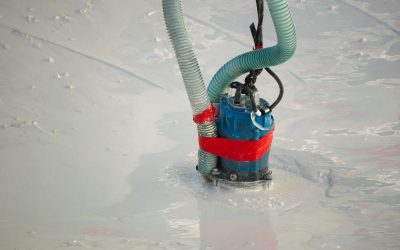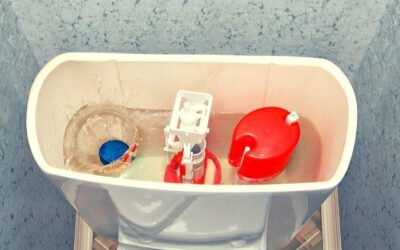Sump pumps aim to prevent your basement from flooding, as they work by draining water that builds up inside a sump pit.
With this in mind, if a sump pump keeps operating without eliminating water, or working when there’s no water inside the pit, it’s important to see to these as soon as possible.
If you don’t attend to these issues and leave the sump pump as it is, it may become faulty and leave your basement unprotected against flooding.
There are a few reasons why your sump pump may keep running, which we’ll cover below. You’ll also learn why it’s bad for sump pumps to keep operating.
Why is it bad for a sump pump to keep running?
Before we get into the probable reasons, you should have an idea of what may happen if you leave a sump pump running.
It may stop operating
If your K without any water in the sump pit, the mechanism may become too hot and wear out.
This leaves the basement unprotected against flooding and costly water damage. There’s also the added cost of replacing and installing a new pump.
Increased energy bills
Sump pumps are powered by electricity, so if it keeps running continuously, your energy bills will increase.
Decreased longevity
A sump pump generally lasts 10 to 15 years, but if it continuously runs, it will die sooner. You’ll need to replace the pump sooner as the unit will be more likely to fail.
Why your sump pump keeps operating
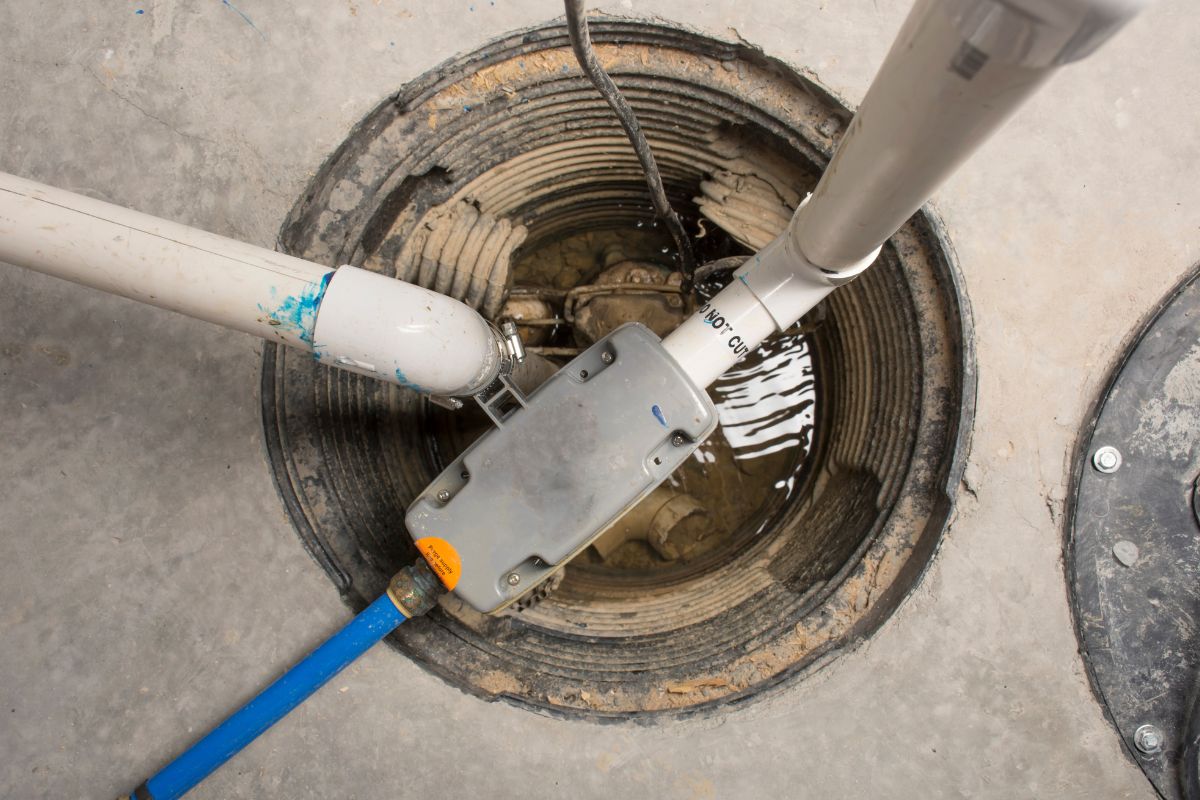
Here are some of the reasons why your sump pump may keep running.
Faulty float control
A float switch drifts on top of the water and tells the sump pump to power on.
The switch will rise and fall with the water level. If it reaches a particular point, the float switch will signal the pumping procedure to begin. The immersed pump will draw water in and transport it through a discharge conduit.
If the float controls are faulty, the arm and float may be jammed, unable to pause after the water has traveled. If you are searching for a replacement, always ensure that you choose the correct one which is compatible with your pump’s model.
Defective check valve
A discharge line transports water from the sump pit to another pipe, which drains the water away from your basement.
As a basement sump pump is located underground, the first two meters of the discharge line lie upright. A check valve is used in this pipe to stop water from traveling down the pit.
If your sump pump is continuously operating during the day, the check valve is likely to be the problem. Faulty check valves may allow the water to keep moving through the discharge tube, without being banished from the apparatus.
Underground Leakages
Leaky drain lines from a sprinkler or pool, or a burst sewer pipe can lead to water flowing into the sump pit. This drives the pump to work more regularly.
An operating pump shows that the machinery is doing what it’s supposed to do, but the primary plumbing issue should be fixed without delay. The surplus water can overload the pump or ruin your home’s groundwork.
High water table
If your home is located near an underground spring or water table line, the pump needs to keep running to stop your basement from flooding. Heavy snow or rainfall can lead to this issue, as well as make it worse.
As you can’t move the site of your home, it may be worth installing another sump pump. This will defend your basement if the first one becomes faulty.
Leaky or obstructed discharge pipe
A sump pump transports water away from your home through a discharge tube, usually made out of PVC. This conduit can become obstructed by tree roots or debris. It may also fracture and split after ground movements.
If the tube is blocked, the pump needs to work continuously to push water through this obstruction. If the discharge tube splits, any water which leaks from the discharge pipe will travel back to the sump pit.
Diminutive sump pump
A sump pump that’s too small won’t be able to remove water to the same extent as it travels into the apparatus. This can lead to the pump working longer than necessary, as it will attempt to meet these demands.
You’ll need to have a replacement pump installed if your current one is too diminutive to handle the incoming water.
Clogged inlet cover
Several sump pumps need water to travel through an inlet screen before it travels into the structure. The screen filters debris to stop the dirt from affecting the motor.
This aspect is useful to stop the motor from clogging, but occasionally, the inlet screen itself can become clogged.
If this is the case, water won’t be able to flow through and away from the system. This leads to the sump pump working continuously as it attempts to eliminate the water.
It’s very easy to fix a clogged inlet screen:
- Switch the sump pump off.
- Take the pump out of the sump pit.
- Cautiously remove any dirt from the inlet screen.
- Place the pump back in the sump pit and switch the apparatus back on.
Faulty impeller
A sump pump has a gadget that resembles a fan inside it, called an impeller. As this spins, the impeller pulls water from the pump pit in, and then forces it out through the discharge tube.
If the impeller is jammed or broken, it won’t be able to spin, but the pump’s motor will keep running. Water won’t be able to enter or leave the pump.
The bottom line
Now you know some of the reasons why your sump pump may keep running. If you notice that this is the case with your sump pump, make sure that you address the issue promptly.
Other than increased energy bills, leaving a sump pump to continuously operate can make the apparatus stop working.
Your basement and home’s foundations may be at risk of flooding as a result, so aim to identify and fix the problem as soon as you can.

